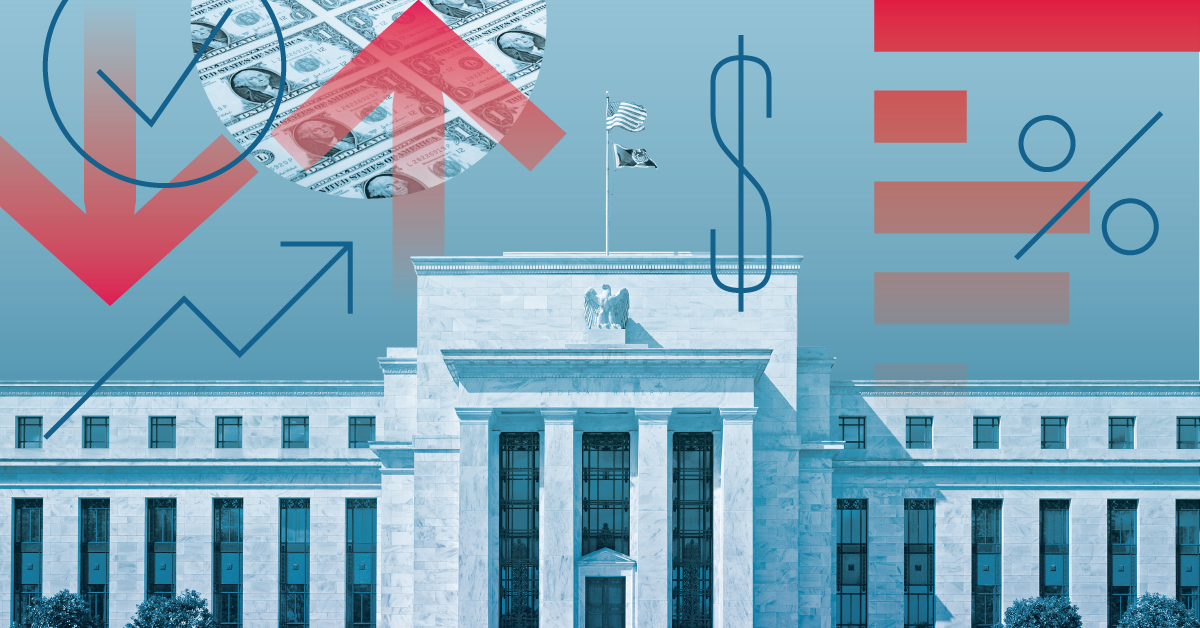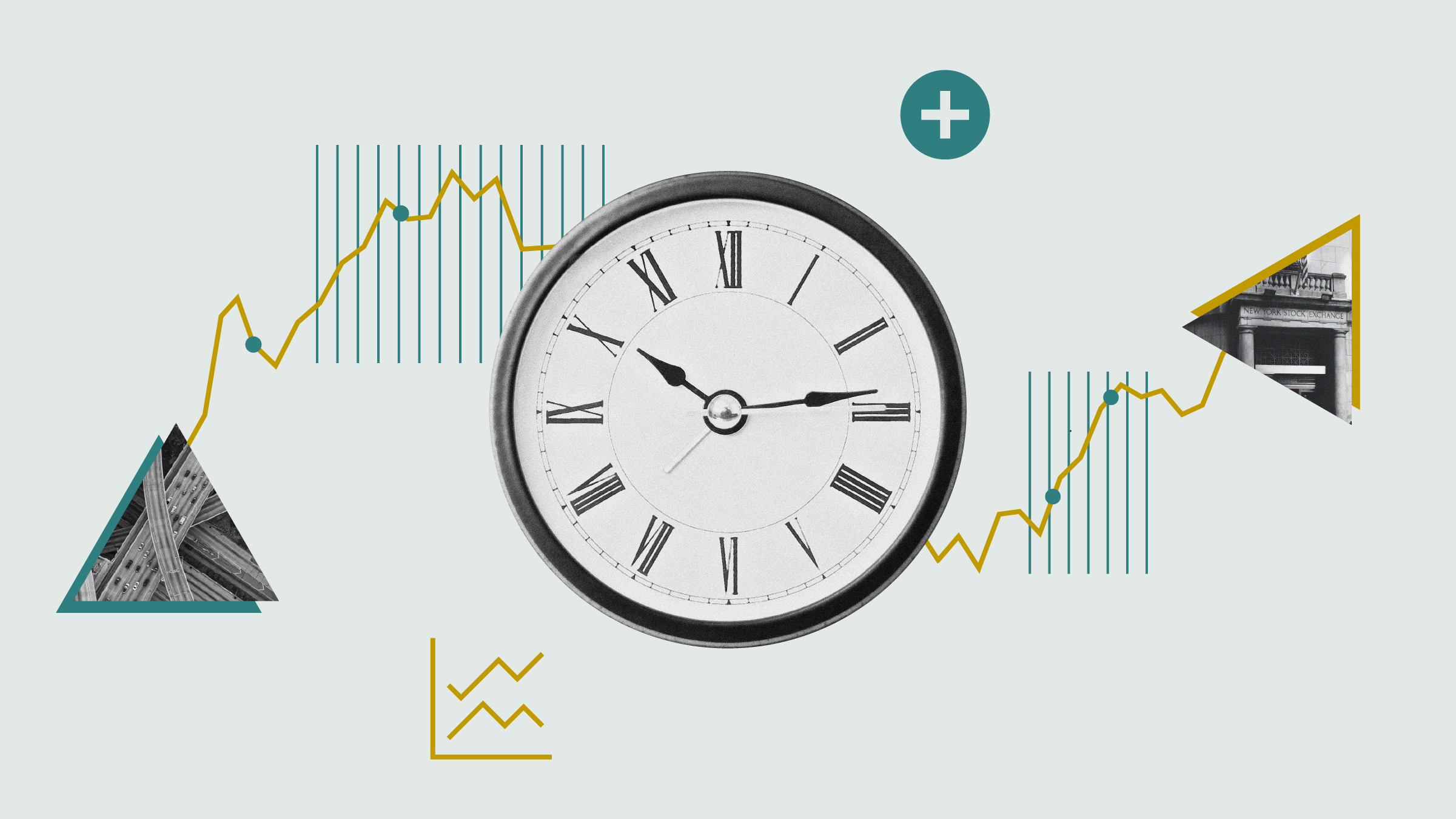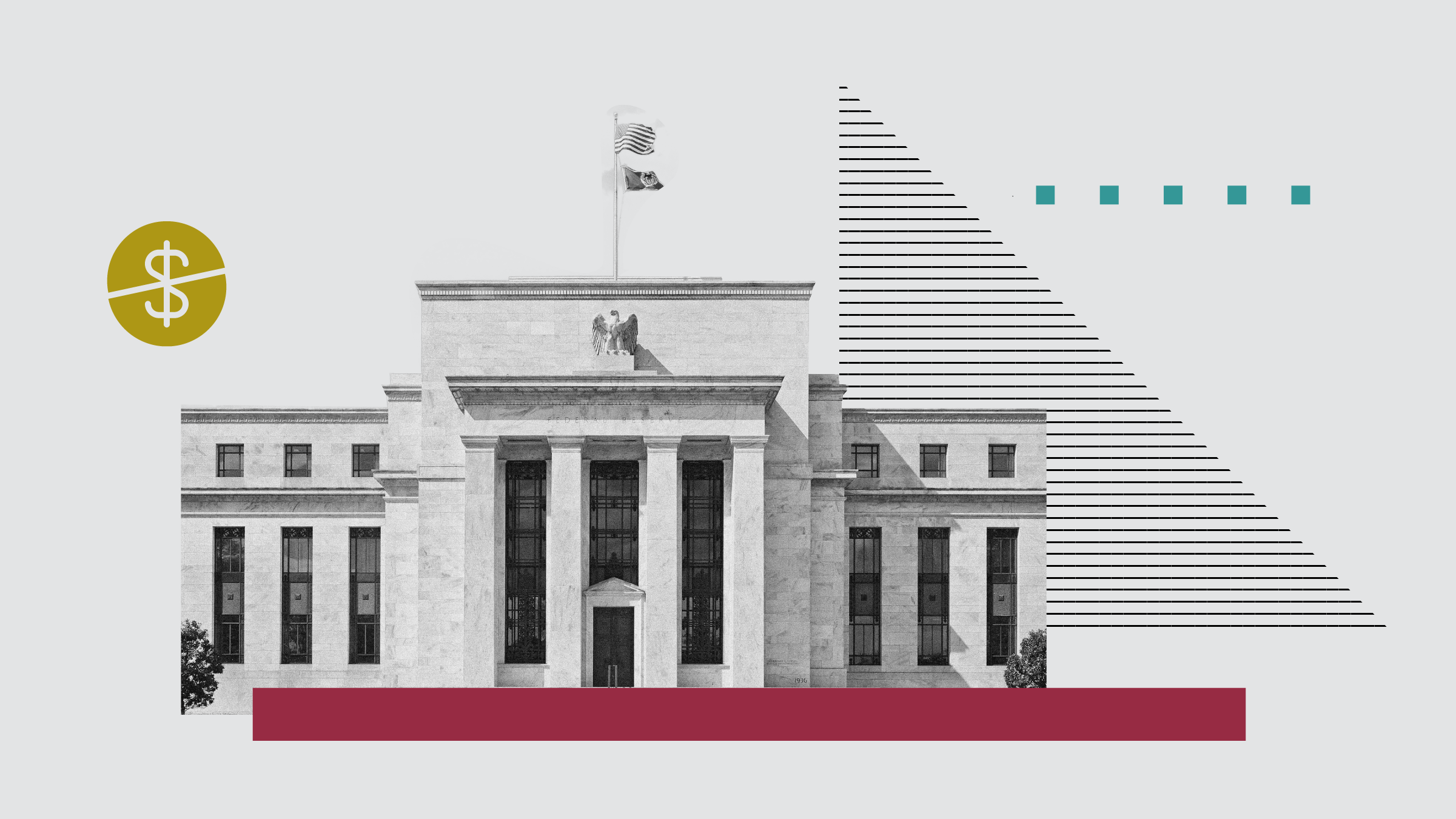Christine Benz: Hi, I'm Christine Benz for Morningstar. As part of the annual Bogleheads event, I recently sat down with Jack Bogle to get his forecasted returns for the major asset classes.
Jack, thank you so much for being here. It's always a treat, and it's a real thrill to be here in your office.
Jack Bogle: Well, it's kind of a regular thing here. We've got something going for I guess the seventh or eighth consecutive year.
Benz: That's right.
Bogle: Around the time of the Bogleheads Conference here in Valley Forge, Pennsylvania.
Benz: Right. One of the things we always talk about when we sit down and do these interviews is your forward-looking market expectations. You take it asset class by asset class. I think you have a very intuitive approach when thinking about market returns. Can we start with stocks? What's your forecasting for stocks? I'm guessing it's pretty a sober outlook given how long running this equity market rally has been.
Bogle: Not to pick nits, but I really don't consider it a forecast. I consider it reasonable expectations. My reasonable expectations for the coming decade--as in my new book, The Little Book of Common Sense Investing, 10th anniversary edition just coming out--I'm pretty conservative. I look at the sources of returns, that's all I do, and the fact that other people don't do it that way doesn't bother me in the slightest. I look at investment return and that's today's dividend yield, which is less than 2% for the S&P 500, and I look future earnings growth. While future earnings growth has averaged 5% or 6%, I'm looking for a lower future earnings growth, say 4%. I got my 2% dividend yield, there's no arguing about that, and I'm guessing the earnings growth will be slower. So, that gives me a 6% investment return from the fundamentals of the marketplace.
Now the other part of it is not investment return, but what I call speculative return. That is valuations. If a valuation goes from 10 times earnings to 20, that adds 7% a year over a decade. It's kind of amazing. We're not in anywhere near that extreme territory, but I think valuations will probably take 2 percentage points a year off that 6, getting to 4.
Where does that come from? Well, we're looking at a price/earnings multiple on the S&P. By my standards, past reported earnings, not by Wall Street's standards, future operating earnings--there's a big difference between the two--so, I have the P/E at about 25 right now. If it goes down to 18, we'll lose a couple of points in valuation, which will take that 6 down to 4.
Benz: Fixed income, you use starting yields, which historically have been a pretty good proxy for what bonds might return over the next decade. Not a great outlook there, either.
Bogle: Well, you're right. It's not just a good proxy, today's yield, a proxy for the 10 years coming up, but it's almost a perfect proxy. There's a 91% correlation, today's yield and the 10-year return on the bond. Will it happen this time? We don't know. It wasn't 100%, but it's intuitively satisfactory because in the long run, the only return you get from a bond is the interest coupon. It doesn't change over time because a bond is a bond.
What I use in the book is a 50% U.S. Treasury 10-year, that's a note, and 50% corporate bond index. That gives me about a 3% average return on bonds for the coming decade. You can see that's very close to the stock return. So, it's a 1% equity premium. People are guessing what that premium will be. I don't presume to know. I don't start with the premium and end with the return. I start with the returns and end with the premium. I think, honestly, that's a better way to do it.
Pretty small returns relative to history. In the long run, stocks have given, I think, about a 9% return and bonds about a 6 or 7; 6 probably is the better number. We'll be below what we expect, what we have come to expect from history. So, what does an investor do? One thing is save more. I mean, there are ways of getting a larger retirement plan account under depressed, not depressed really, but lower portfolio earnings. The other thing is watch out for costs. Typical mutual fund takes around 2% equity fund out of that 4% return leaving you with 2 and the index fund, total market index fund, S&P 500 index fund, is going to take less than 5 basis points leaving that 4% putative return, reasonable expectation return at 3.8, I'm sorry, 3.95.
That's a big difference, and what it means, we have a little table about this in the book, is we have an example in there that you can have a 75/25--75 stock, 25 bond portfolio--in active funds and end up with a lower return than you can have with a 25 stock, 75 bond index portfolio. That's how much difference cost makes at these levels because 2% is a lot more than five one-hundredths of 1%. It's all logical and may or may not be correct.
Benz: Let's talk about inflation because maybe that's one positive in this whole scenario, or maybe it's not depending on your perspective, but inflation is really low. Inflation is not going to take, or at least today, is not going to take as big a bite out of a portfolio's return is perhaps it did in the past.
Bogle: That's right. The long-term inflation rate is probably, give or take 3.5%. Right now if you look at the various markers, you'd probably come up with 1.5%. That means your real return will not have dropped as much as your nominal return. Now, Christine, what I do is say, you don't like my numbers? Don't tell me you expect an 8% return and I'll accept that. If you want an 8% return you tell me where you get it from.
So, to get to 8, you got a 2% dividend yield. Maybe a 8% earnings growth rate, very, very high, and then a 2% loss to valuations. Or you could even say 2% gain in valuations. That seems highly unlikely to me, but what it means if you got an 8% earnings growth and a 2% rise in valuations and a 2% dividend, you'd be 8 and 2 is 10 and two is a 12% return on stocks. So, you do that. Write that down. I'm not going to have a fight over what the return is going to be. I am going to discuss the sources of return as you see them.
I hope, I was almost going say during my lifetime, people will come to see what they really are forecasting when they forecast the stock market return. It's two elements of investment return, one element of speculative return.






















